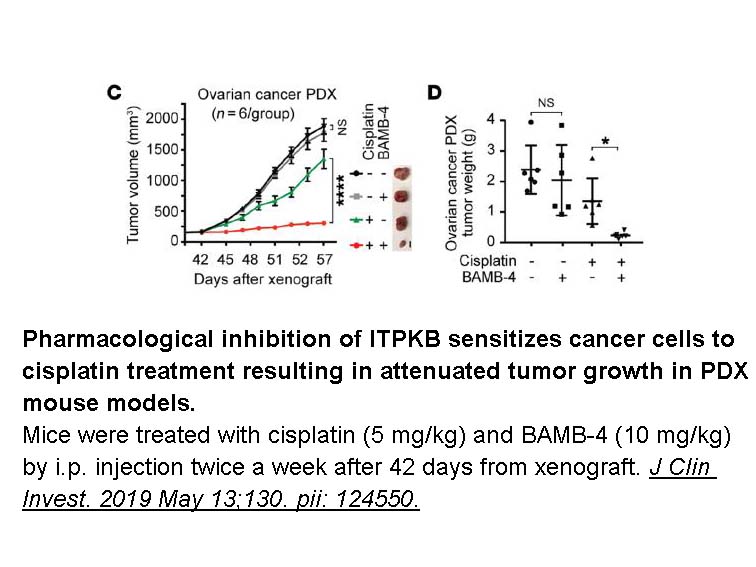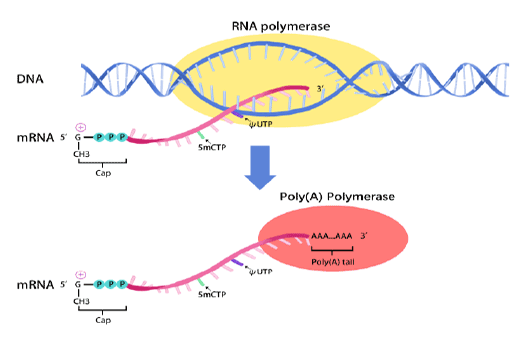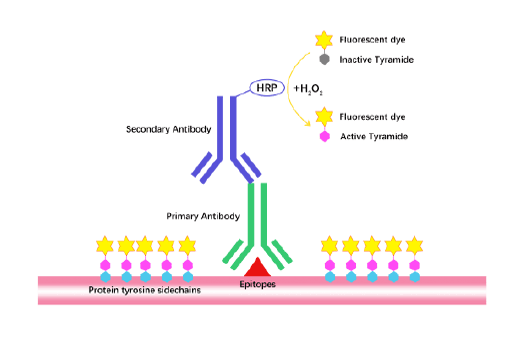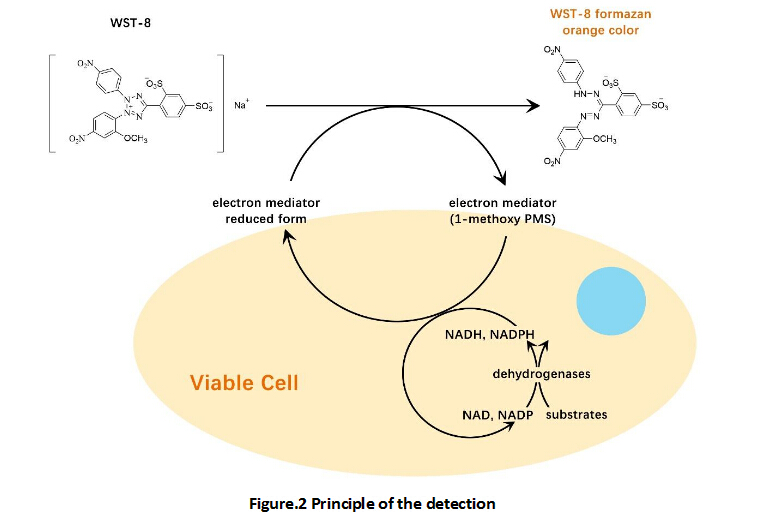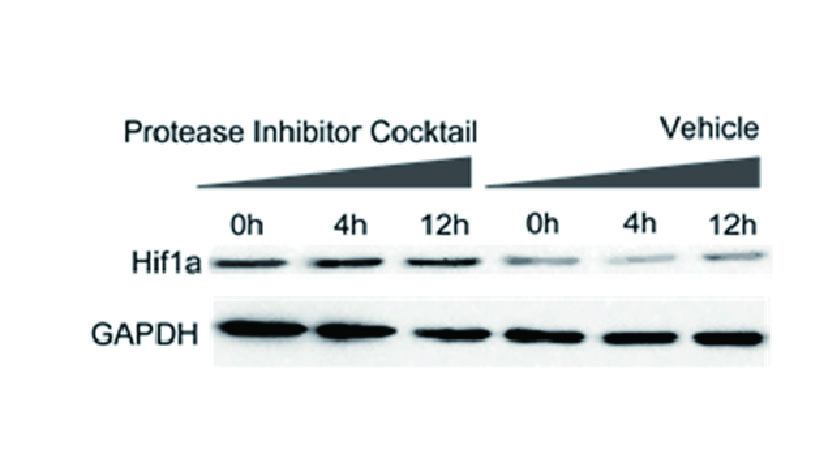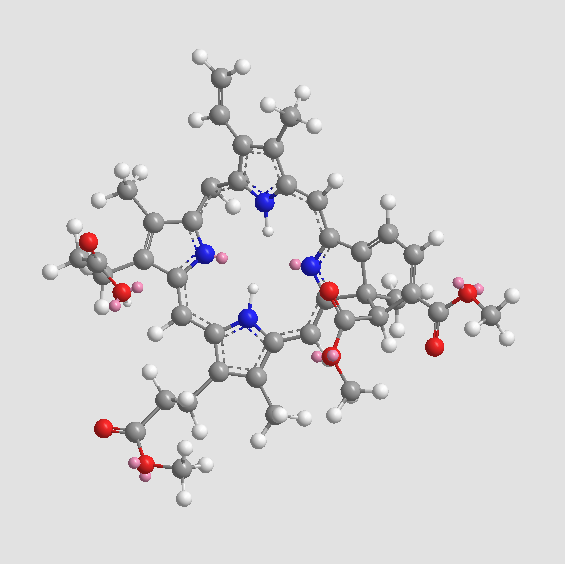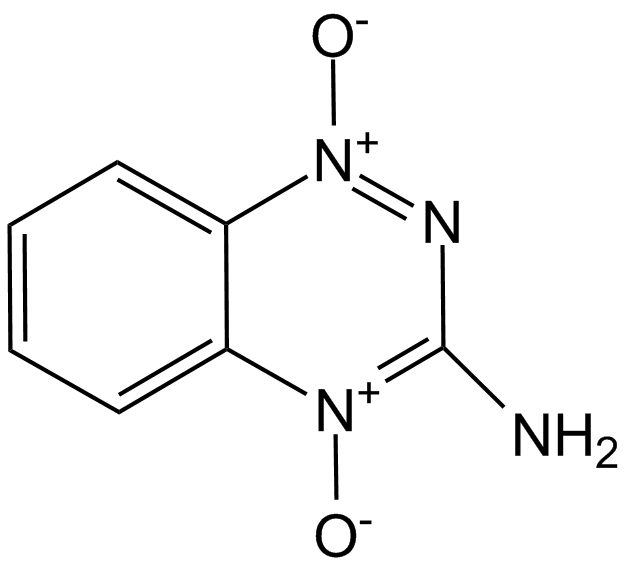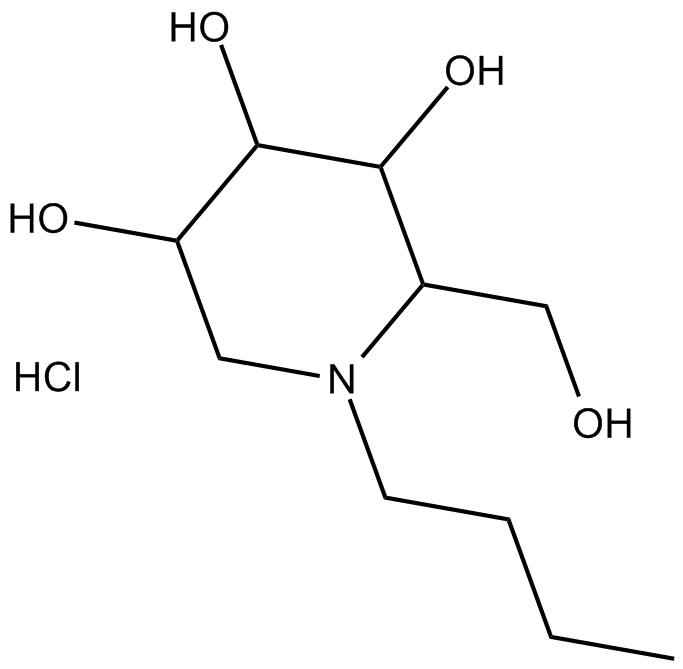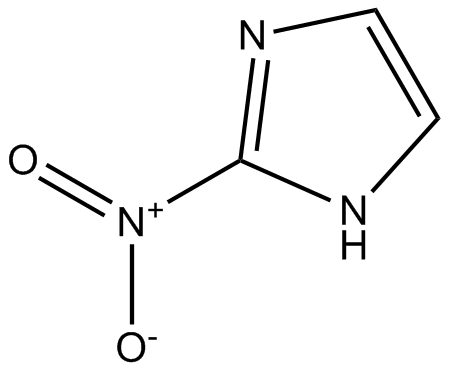BAMB-4
BAMB-4 is an inhibitor of inositol-1,4,5-trisphosphate-3-kinase A (ITPKA) with an IC50 value of 20 µM [1].
ITPKA is an InsP3 kinase. It binds to actin filaments and bundles them. This protein regulates actin dynamics as well as inositol phosphate signaling [1].
BAMB-4 was almost completely taken up by H1299 cells. BAMB-4 did not belong to typical kinase inhibitors. Its relatively high specificity and high cellular uptake provide the possibility to effectively inhibit InsP3 kinase in vivo. Among InsP3Kinase inhibitors, BAMB-4 exhibit the lowest inhibition frequency. BAMB-4 showed an inhibitory effect only in 1 from 42 tested targets. There was no detected BAMB-4 target in kinase screens. These results indicated that BAMB-4 is not a typical kinase inhibitor. In vitro, data showed that BAMB-4 increased Km and reduced Vmax with respect to InsP3. BAMB-4 at the lowest concentration (10 µM) increased the Km-value for InsP3 by 160%. BAMB-4 at elevated concentrations did not further rise the Km-value for InsP3. BAMB-4 dose-dependently decreased Vmax from 75% to 50%. Decreased Vmax and increased Km in presence of inhibitor indicated that BAMB-4 might belong to mixed type inhibitors. Data showed that BAMB-4 also reduced Vmax and increased Km with respect to ATP [2].
There is still no any available result of the application of BAMB-4 in animals.
References:
[1]. Schrder D, Tdter K, Gonzalez B, et al. The new InsP 3 Kinase inhibitor BIP-4 is competitive to InsP 3 and blocks proliferation and adhesion of lung cancer cells. Biochemical pharmacology, 2015, 96(2): 143-150.
[2]. Schrder D, Rehbach C, Seyffarth C, et al. Identification of a new membrane-permeable inhibitor against inositol-1, 4, 5-trisphosphate-3-kinase A. Biochemical and biophysical research communications, 2013, 439(2): 228-234.
| Physical Appearance | A solid |
| Storage | Store at -20°C |
| M.Wt | 252.27 |
| Cas No. | 891025-25-5 |
| Formula | C15H12N2O2 |
| Solubility | insoluble in H2O; insoluble in EtOH; ≥7.8 mg/mL in DMSO |
| Chemical Name | N-(benzo[d]isoxazol-3-yl)-4-methylbenzamide |
| SDF | Download SDF |
| Canonical SMILES | Cc(cc1)ccc1C(Nc1n[o]c2c1cccc2)=O |
| Shipping Condition | Small Molecules with Blue Ice, Modified Nucleotides with Dry Ice. |
| General tips | We do not recommend long-term storage for the solution, please use it up soon. |
| Cell experiment:[1] | |
|
Cell lines |
KB-3-1 cells |
|
Reaction Conditions |
10 μM BAMB-4 for 12 h incubation |
|
Applications |
Inhibition of inositol-trisphosphate 3-kinase B (ITPKB) activity by BAMB-4 treatment resulted in increased ROS level, NOX activity, and cisplatin response in cancer cells. The BAMB-4 effect was abolished in cells lacking ITPKB. |
| Animal experiment:[1] | |
|
Animal models |
Patient-derived xenograft (PDX) mouse models of ovarian cancer and lung cancer |
|
Dosage form |
10 mg/kg Administered by intraperitoneal injection twice a week after 42 days from xenograft |
|
Applications |
No obvious histopathological changes or kidney injury were observed in mice chronically exposed to BAMB-4 (10 mg/kg), cisplatin (5 mg/kg), or the combination. The combination of BAMB-4 and cisplatin significantly reduced tumor growth, tumor size, and tumor proliferation in ovarian cancer PDX and lung cancer PDX mice. |
|
Note |
The technical data provided above is for reference only. |
|
References: 1. Pan C, Jin L, Wang X, et al. Inositol-triphosphate 3-kinase B confers cisplatin resistance by regulating NOX4-dependent redox balance. Journal of Clinical Investigation, 2019, 129(6): 2431-2445. |
|
Quality Control & MSDS
- View current batch:
Chemical structure
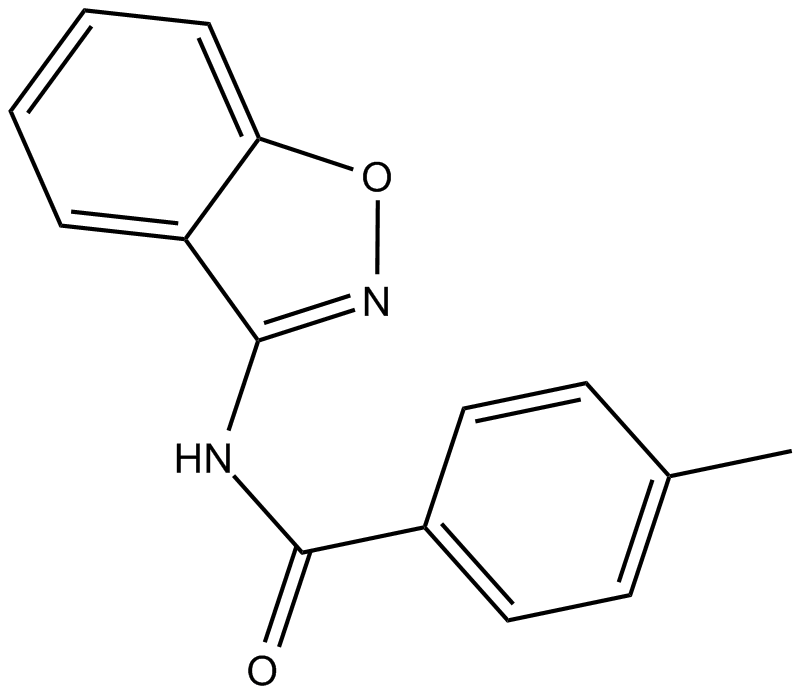
Related Biological Data
